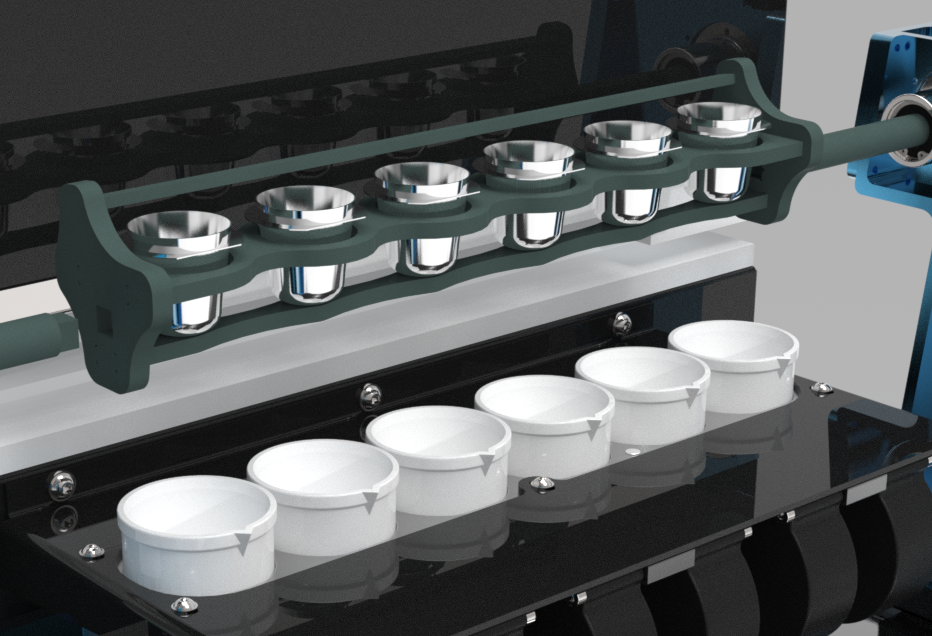What is ICP Spectroscopy?
ICP (Inductively Coupled Plasma) Spectroscopy is an analytical method used to detect and measure elements to analyze chemical samples. The process is based on the ionization of a sample by an extremely hot plasma, usually made from argon gas.
In an ICP spectroscopy unit, argon gas streaming through a torch apparatus is charged with an electromagnetic coil and lit with a Tesla unit that produces a quick discharge arc through the argon flow to trigger the ionization sequence. As soon as the plasma is “lit,” the ICP spectroscopy unit is switched off the Tesla device.
The electrons accelerated by the torch collide with argon atoms, and occasionally a collision leads to an argon atom shedding one of its electrons. Released electrons are then accelerated by the electromagnetic unit’s quickly shifting magnetic field. The system proceeds until the rate of electron release is offset by the rate of electrons recombining with argon ions that have shed an electron. This generates a ‘fireball’ that is made up mostly of argon atoms with a small percentage of free electrons and argon ions.
A gas flow is passed through the middle of the plasma, creating a channel that is colder than the adjacent plasma but still much warmer than a chemical flame. Samples to be tested are released into this central channel, generally as a mist of liquid created by driving the liquid sample into a nebulizer.
To optimize plasma temperature, test efficiency, and stability, the sample introduced in the central conduit should have as little liquid as possible and have consistent droplet sizes. Some ICP spectroscopy units have a spray chamber to remove bigger droplets. When the sample passes into the central conduit, it evaporates, and molecules fall apart. The constituent atoms of the sample then ionize.
Temperatures found in an ICP spectroscopy unit are capable of ionizing the atoms of many chemical elements, with each atom dropping its most-loosely linked electron to create a singly-charged ion. The plasma temperature for an ICP spectroscopy test is picked to optimize ionization for elements with high first ionization energy while reducing double charging of elements with low second ionization energy. The sample ions are then evaluated using a spectroscopy instrument.
Mass Spectroscopy Analysis
When an ICP spectroscopy unit is a mass spectroscopy unit, sample ions are taken out through several cones. The ions are then passed into a mass spectrometer. The ions are segregated based on their mass-to-charge ratio, and a detector obtains an ion signal relative to the concentration of various elements.
The sample concentration can be established by ICP spectroscopy units via calibration with verified ICP spectroscopy reference standards.
Atomic Emission Spectroscopy
Atomic emission spectroscopy is another type of ICP spectroscopy that is based on excited ions releasing electromagnetic radiation at wavelengths specific to a particular element.
In ICP spectroscopy units with atomic emission spectroscopy capabilities, a shear gas, normally nitrogen or compressed air, is used to ‘clear out” the plasma at a particular spot. One or two lenses then focus the light emitted by sample ions on a diffraction grating where it is broken into its component wavelengths that can be analyzed by an optical spectrometer.
In some ICP spectroscopy models, an optical interface deflects the plasma and cools it, allowing emitted light to enter an optical chamber. Still, other ICP spectroscopy models use optical fibers to send light into separate optical chambers.
ICP Spectroscopy at XRF Scientific

XRF Scientific supply a range of products that are used for sample preparation for ICP spectroscopy applications. If you would like any more information about our solutions for ICP spectroscopy, please contact us.









